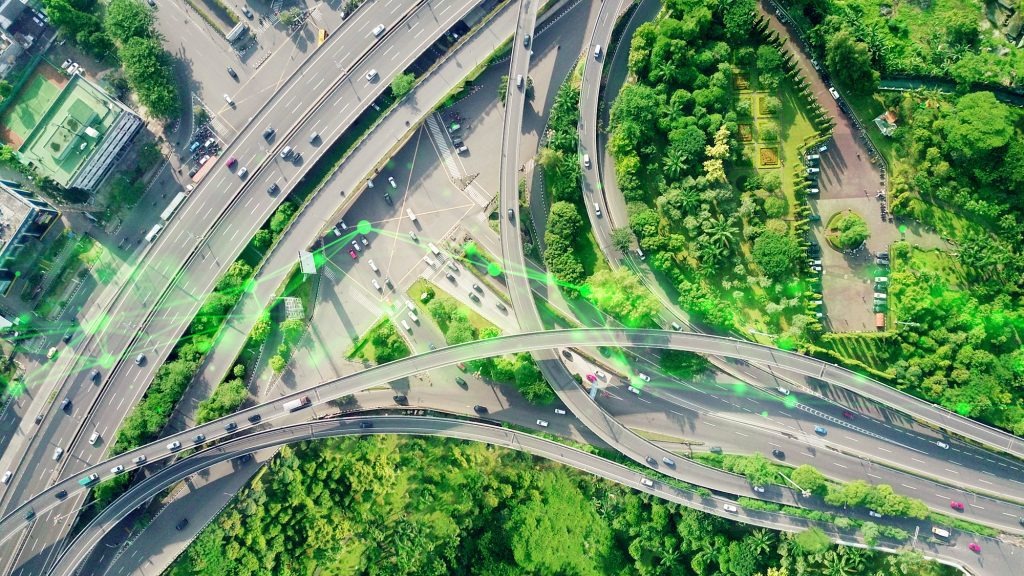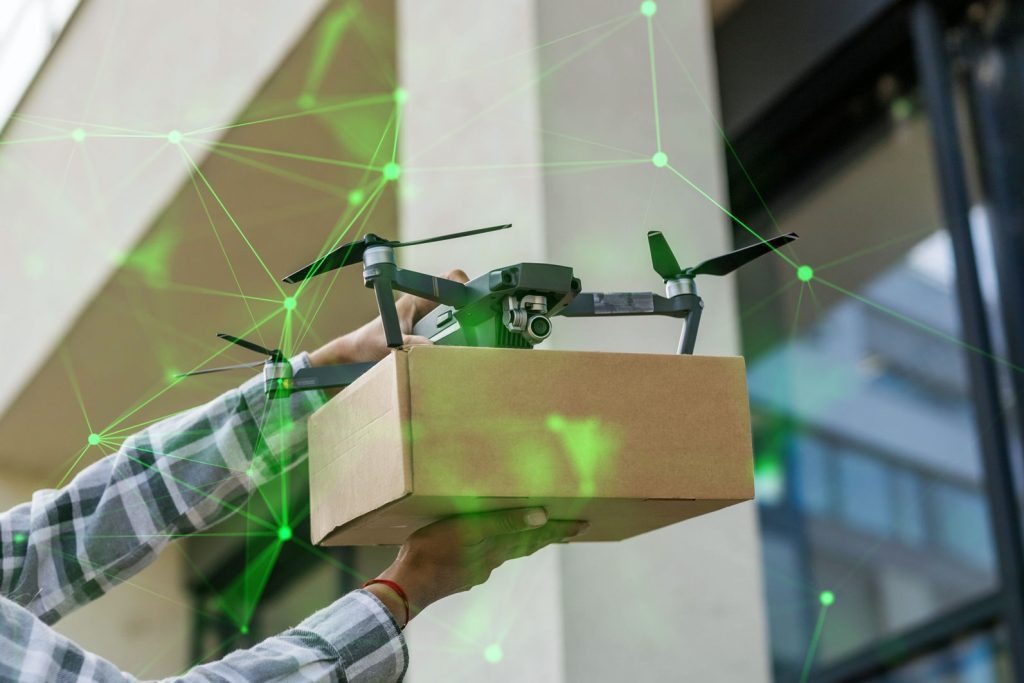Introduction.
A delivery management system (DMS) is a digital solution designed to streamline the delivery process from start to finish. It involves software tools that help businesses track deliveries, manage orders, optimize routes, and improve overall delivery efficiency. For small businesses, entrepreneurs, and logistics managers, a robust DMS can significantly enhance customer satisfaction and operational performance.
In this blog post, we'll explore the evolution of delivery management systems, their key features and benefits, and how to implement them effectively. We'll also discuss future trends in the industry and why investing in a DMS is essential for your delivery business.
The Evolution of Delivery Management Systems.
From Manual to Digital
Switching from manual processes to digital delivery management systems has been a big change. At first, deliveries were handled with paper logs and phone calls, which often led to mistakes and delays. The arrival of digital tools was a major step forward, allowing businesses to automate tasks and cut down on errors.
Impact on Businesses and Customer Service
Digital delivery management systems have changed how businesses work. They provide real-time tracking and better route planning, helping to speed up deliveries and cut costs. Customers want clear and accurate delivery updates, and businesses using digital tools can meet these needs well.

Key Features of Modern Delivery Management Software.
Delivery Tracking and Proof of Delivery
One important feature of modern delivery management systems (DMS) is delivery tracking. It helps businesses watch deliveries in real-time and give accurate updates to customers. Proof of delivery also confirms when shipments are received, which reduces problems and builds trust.
Order Management and Route Optimization
Order management is an important part of a Delivery Management System (DMS). It makes managing orders easier, from when they are made to when they are completed, ensuring everything runs smoothly. With route optimization, businesses can plan the best delivery routes, saving time and fuel.
Real-Time Tracking
Real-time tracking is a big help for delivery businesses. It lets managers keep an eye on vehicles, making sure packages arrive on time and fixing problems as they happen. This feature improves customer experience by giving accurate arrival updates.
Benefits of Using Delivery Software.
Improved Customer Satisfaction and Experience
A DMS significantly improves customer satisfaction by providing transparency and reliable delivery services. Customers appreciate knowing where their orders are and when to expect them. This level of service fosters trust and loyalty.
Enhanced Operational Efficiency and Cost Savings
By automating tasks and optimizing routes, a DMS boosts operational efficiency. It reduces manual labor, cuts down on delivery times, and minimizes fuel consumption. These efficiencies translate to significant cost savings for businesses.

Factors to Consider When Choosing the Right Software.
When selecting a DMS, consider factors such as scalability, ease of use, and integration capabilities. Ensure the software can grow with your business and is user-friendly for your team. Compatibility with existing systems is also crucial for seamless operations.
Best Practices for Integration and Staff Training.
Integrating a DMS requires careful planning. Start by mapping out your current processes and identifying areas for improvement. Provide comprehensive training for your staff to ensure they are comfortable using the new system. Continuous support and updates are essential for long-term success.
Predictions for the Industry and Advancements in Technology.
The future of delivery management looks promising, with advancements in AI and machine learning set to revolutionize the industry. Predictive analytics will enhance route planning, while drones and autonomous vehicles could become mainstream. Staying ahead of these trends will give businesses a competitive edge.

Conclusion.
Investing in a delivery management system is now a must for businesses that want to do well in a tough market. A good system makes customers happier, helps things run more smoothly, and saves money. By learning about how these systems work, their features, and benefits, and using them well, businesses can make their deliveries better and keep up with what their customers need.
Ready to take your delivery operations to the next level? Explore our range of delivery management software options and find the perfect fit for your business today.
FREQUENTLY ASKED QUESTIONS
A delivery management system is a software tool that improves the delivery process. It allows businesses to handle orders, track deliveries in real-time, and plan efficient delivery routes. This system helps ensure customer satisfaction with clear and effective service.
